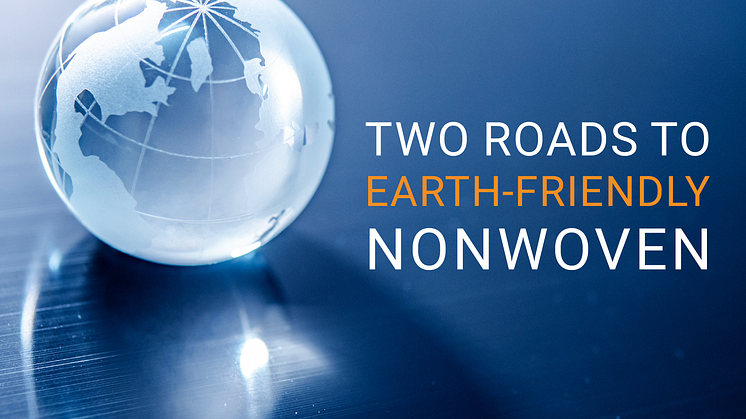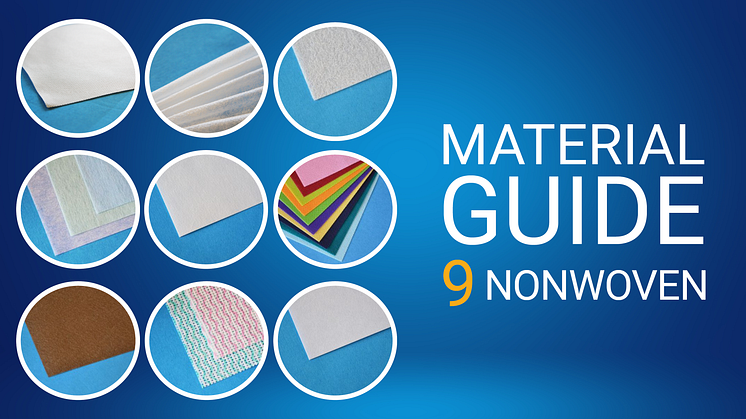
News -
Two main roads to sustainable nonwoven
Kinder raw materials and increased recyclability are two main keys to sustainable nonwoven. Together with our amazing customers, we have several examples of how to fulfil the increased demand for environmentally friendly nonwoven.
Customers’ demand for environmentally sustainable nonwoven have skyrocketed over the past year. We believe it’s the biggest revolution the industry has faced – and it will have an effect for many years to come. It’s amazing and exciting times to be a nonwoven supplier.
A revolution in raw materials
According to a sustainability report from the industry organization Edana, only 30% of nonwovens are produced from renewable-based raw material, while 70% is made from petroleum based raw material. This is one of the major challenges this industry is facing; to find alternative raw materials that both fulfil property requirement and is biodegradable and/or renewable.
Road 1: Kinder raw materials
As it is now, PLA is accounting for the majority of the biodegradable nonwovens. PLA is a starch-based material that has a significantly low impact on the environment compared to petroleum-based raw materials used in nonwoven. Although the price for PLA has decreased over the past years, it is still higher than for other types of nonwoven, making it a barrier for customers to choose it. We are, together with customers, looking into both alternative raw materials but also how to make PLA a less expensive alternative. Contact us to learn more.
Road 2: Recyclability of nonwoven
In some industries there are no real alternatives to petroleum based nonwoven. In these cases, it’s of great importance to look into the opportunity to make the material recyclable. Many products are today using a mixture of different polymer materials; this makes them almost impossible to recycle. Several of our customers are looking into using different layers of the same type of polymer, making the product a monomer. This makes it easier to melt down and recycle it without losing properties.
We are also working with suppliers to offer nonwovens made from recycled PET bottles to further prolong the lifespan of plastics. Some clients of ours are also recycling the waste parts after production. Taking small bits and pieces of nonwoven waste to either sell or reuse it in their own production, creating almost zero waste material.
The challenge
Another major challenge the industry is facing is that suppliers are running out of raw materials for environmentally friendly nonwoven. And before this will be balanced again, it will require manufacturing customers to better plan their production and order environmentally friendly nonwovens well in advance to secure their supply.
Are you curious about sustainable nonwovens? Contact us on info@nonwoven.se for more info or visit our website https://www.nonwoven.se/en/


